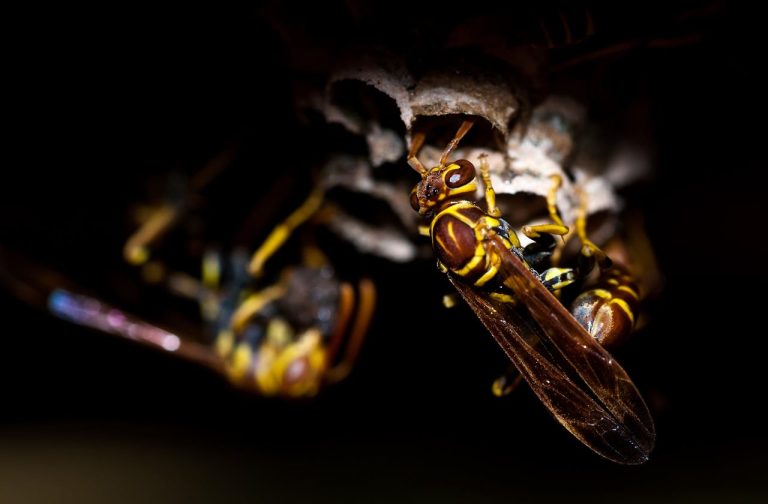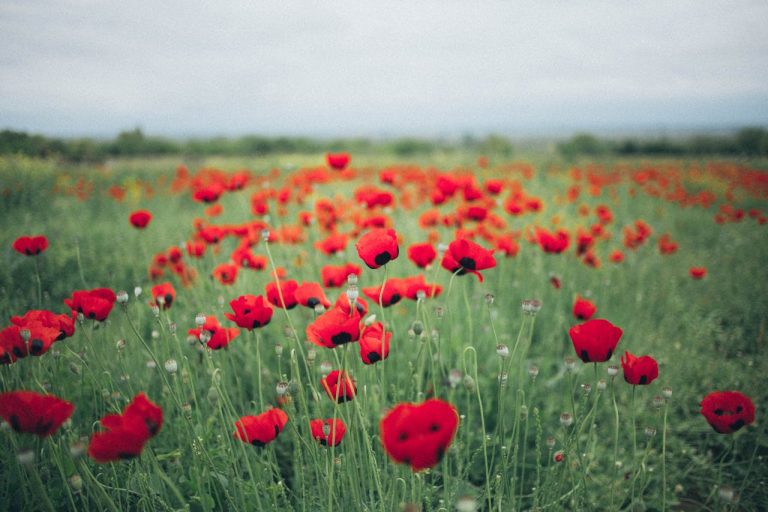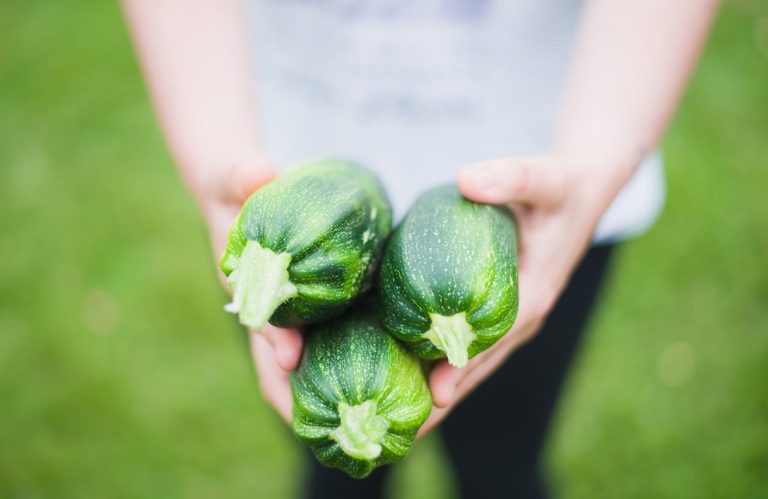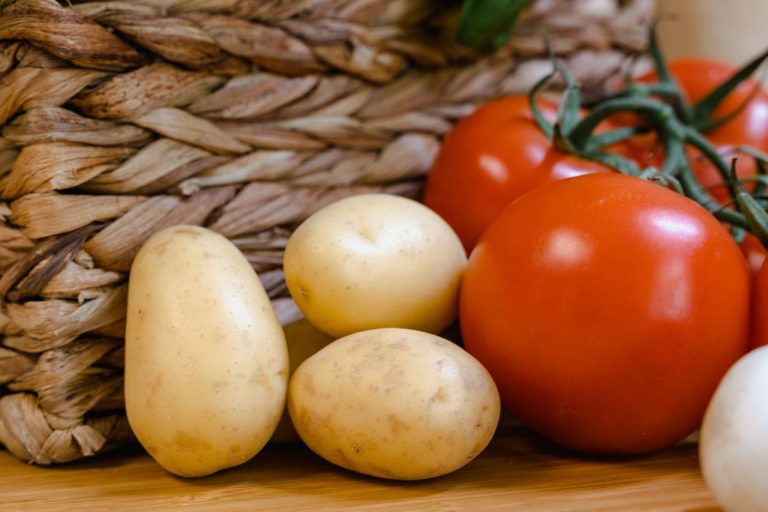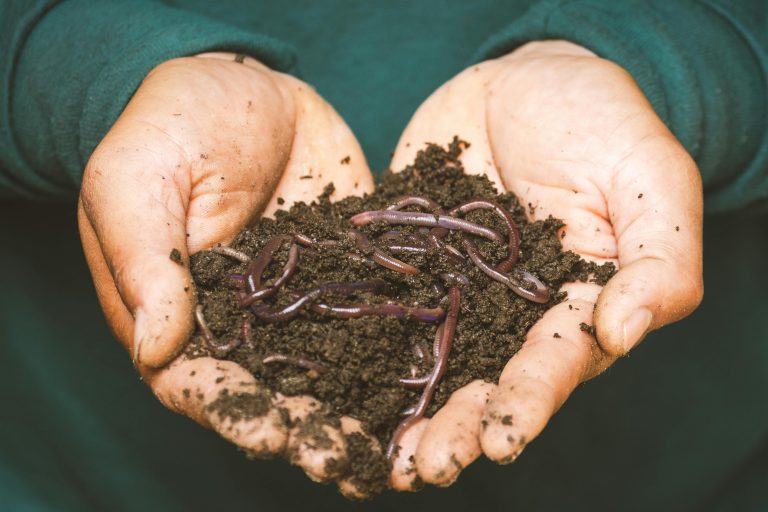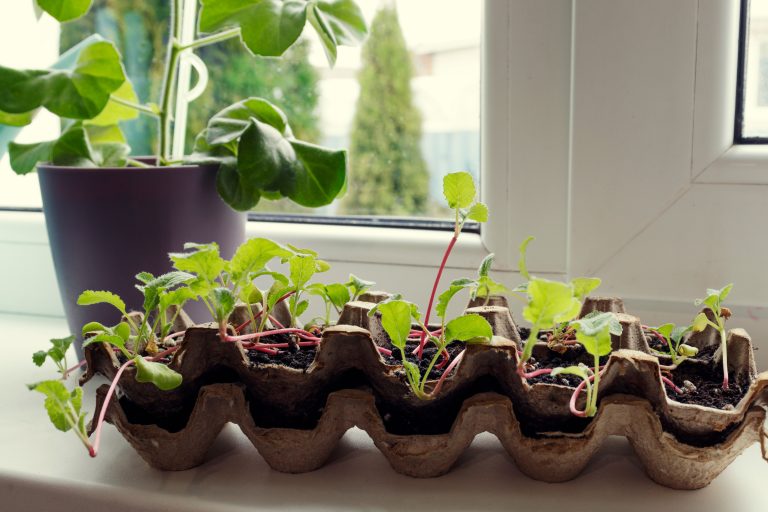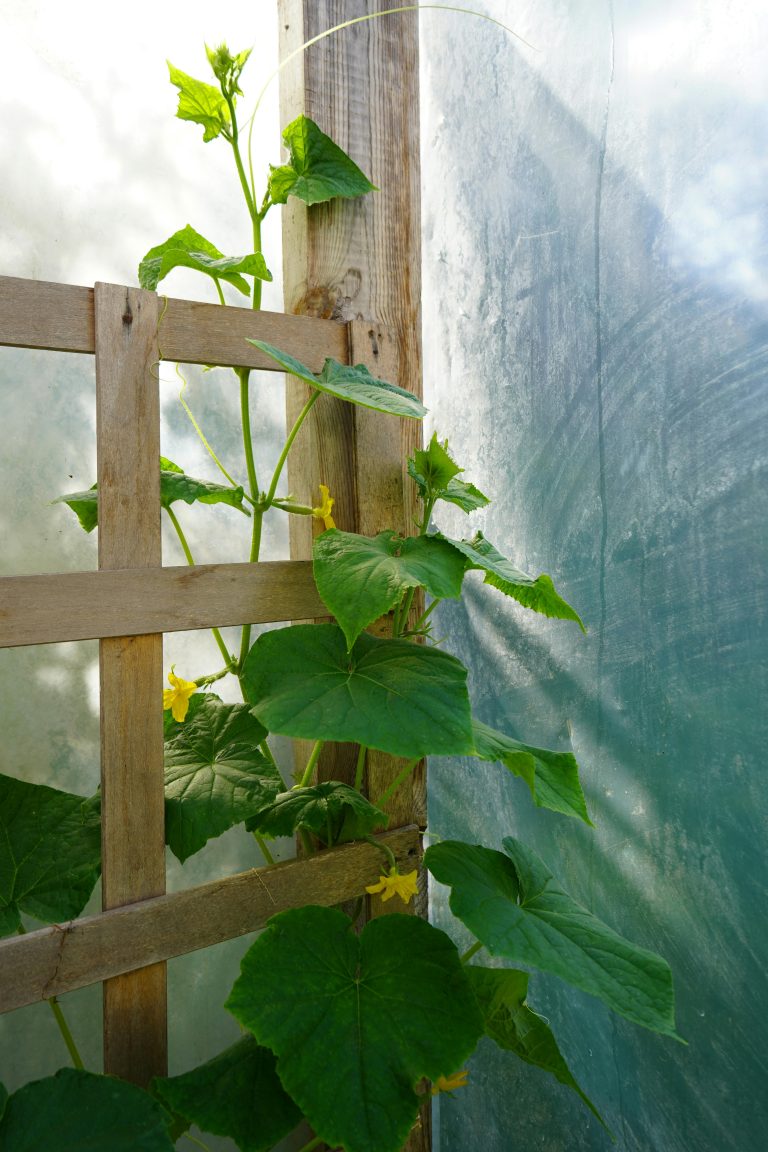Your garden may be a peaceful oasis, but it could also be a secret magnet for unwanted and even dangerous pests. Some beautiful and popular plants naturally attract insects or animals that can damage your garden, infest your home, or even pose health risks. Before planting or keeping these species around, learn which ones might…
garden tips
7 Low-Maintenance Flowers That Thrive With Little Water
Love the look of a vibrant garden but don’t want the hassle of constant watering? Especially in the summer, things like water bans and dry climates can be especially challenging to maintain your garden. These low-maintenance flowers are perfect for dry climates or busy gardeners. They’re not just tough, they’re beautiful, too. Here are 7…
The 8 Easiest Vegetables to Grow (Even If You’ve Killed Every Plant Before)
Think you have a black thumb? Don’t worry, you’re not alone. Many people struggle to keep plants alive, but growing your own vegetables doesn’t have to be complicated. Some veggies are incredibly forgiving, even for total beginners. Most of them grow like weeds! Whether you’re planting in a backyard garden, on a balcony, or in…
This Unusual Watering Schedule Is Saving Gardens During Heatwaves
Gardeners are rethinking when and how they water to keep plants thriving in extreme heat. According to the World Meteorological Organization, as climate change intensifies, heat waves are becoming more frequent and severe. For gardeners, this presents a tough challenge. How can you keep plants alive without wasting precious water? It is possible, according to…
The One Plant You Shouldn’t Put Next to Tomatoes – According to Gardeners
Tomatoes are a staple in many home gardens, and for good reason. They’re versatile, delicious, and relatively easy to grow. But if you’re planning your garden layout, there’s one important rule to follow. Don’t plant tomatoes next to potatoes. Here we’ll discuss why planting these two next to each other is a big no-no. Why…
That Slope in Your Backyard Is Destroying Your Home
If you have a slope in your backyard that seems to be getting worse over time, it’s pretty common. But without proper treatment, it can cause significant damage. A poorly graded slope, improper drainage, or heavy runoff can ruin your home’s foundation, walls, and landscape. Here we’ll discuss why a slope in your backyard can…
Are You Feeding Your Plants Wrong? Here’s a Cheaper, Better Way
Feeding your plants properly can be tricky and costly. Overfeeding and underfeeding can cause serious problems with your plants. Plus, you’re probably throwing away money on expensive and unnecessary things, like fertilizers. What if we told you that there’s a better and cheaper way to feed your plants? You won’t have to sacrifice nutrition or…
10 Recycled Materials That Make Your Garden Better (and Cheaper)
Like the saying goes, one man’s trash is another man’s treasure. This is especially true when you’re trying to garden on a budget. Don’t throw out your waste; instead, get creative! Repurposing things like recycled materials is not only cost-effective but also sustainable. Here are 10 things that will improve your garden and are cheaper…
15 Low-Cost Garden Ideas That Will Wow Your Neighbors
Creating a wow-worthy garden doesn’t have to break the bank. With a little creativity and repurposing items you may already have, you can create a stunning garden. Here are 15 low-cost garden ideas that are sure to impress your neighbors. All of these ideas can be brought to life for under $100. 1. DIY Planters…
7 Traditional Gardening Tips That Science Says Are Wrong
Gardening is a time-honored tradition, often guided by tips and tricks passed down through generations. While many of these practices have their roots in practical experience, some have been debunked by modern science. Following outdated advice can sometimes harm your plants or waste resources, so it’s worth revisiting common gardening myths. Here are seven traditional…
